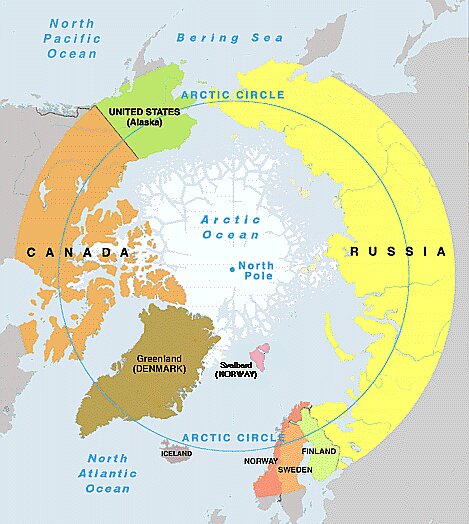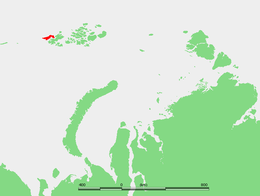- Reaction score
- 6,032
- Points
- 1,160
I specifically chose to not detail how the 10-soldier section was made up because I think that is a whole separate argument.Okay, I'll play devil's advocate.
The suggested format essentially almost doubles the number of LAVs in a rifle company with a significant supply and maintenance burden. I sometimes marvel at how the Russians manage to have a platoon operate out of three BMPs/BTRs. They do this by reducing the platoon to a total of thirty with ten per vehicle.
In that respect then a Cdn/US platoon already exceeds the combat power of a Russian platoon by 10-15% for manpower and 30% in APCs.
Maybe we should go in a different direction.
I won't advocate for a three-vehicle platoon but do wonder as to whether we need ten or even eight or nine dismounts per section. Maybe we can reduce the actual "section" to a four man brick and maybe take up two more GIB seats with weapon specialists/enablers: GPMG, Javelin, drone operator, CarlG/grenade launcher/mortarman, what have you. A platoon would then have: four three-man crewed LAVs and dismounts of a three-man platoon command element; three four-man "sections"; and four two-man weapon specialist/enabler teams - all for a total of 23 dismounts but with a stronger emphasis on working around the support weapons and LAV support rather than the rifles. The pl comd controls the bricks, the WO the weapons/enablers.
That gives each LAV a total of 8 (for the pl comd veh) or 9 (for each sect carrier) which leaves a little extra room for a ride along or ammo.
IMHO - save the extra LAVs and create another battalion with them.
Same for the medium LAV brigade/battalion.
For light battalions I would stay with a two brick, nine-man section and concentrate the specialist weapons/enablers at the platoon level divided between the pl comds veh and a separate weapons carrier (The extra brick compensates for the lack of the LAV support).

I think where you and I differ is not on the need for Heavy forces but on how we believe they will be used. I get the strong impression from your posts that you are envisioning maneuver warfare like we were preparing for during the Cold War, while I believe it will be more like Fallujah, Marawi or Grozny.
Tanks are absolutely key for both but for urban combat protected mobility and lots of boots on the ground are also key. 100% agree that the LAV is not a great vehicle for that environment, but it's what we have now so we need to make the best use of it we can. Vehicle losses will be high so we will need lots of LAVs supporting the inventory to be able to maintain that protected mobility. Once your mobility is stripped away the opportunity to maneuver within an urban environment is lost (as well as the ability to counter enemy maneuvers).
Lots of boots on the ground are also needed in cities as casualties will be high. People smarter than me can figure out exactly how those seats in the back of the LAVs (and hopefully eventually HAPCs) are organized and what they are armed with, but in my opinion the more seats available and filled, the better chances we'll have.









